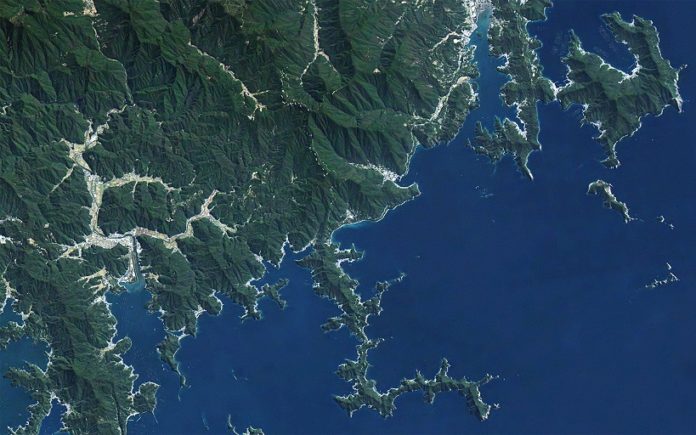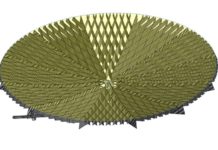WNISAT 1R (Weather News Inc. Satellite 1R), a microsatellite built by Axelspace and operated by Weathernews, will be launched on a Soyuz 2.1A on 14 July, and has already reached the launch site at Baikonur, Kazakhstan.
Axelspace and Weathernews, two private Japanese space companies, have jointly developed this atmospheric and marine observation microsatellite, which weighs 43kg and will be placed in a sun-synchronous orbit at an altitude of 600km.
WNISAT 1R, which will take the place of WNISAT 1 (launched 2013), will frequently measure the distribution of sea ice in order to provide high quality information about the best sea routes in places like the Bohai Sea (China) and the Gulf of Saint Lawrence (Canada) during the winter, and the Arctic Sea during the summer.
The microsatellite will also observe natural phenomena like typhoons and active volcanoes anywhere on earth. It will also attempt to make use of GNSS-R1 (Global Navigation Satellite System – Reflectometry), a method of determining properties of the ground by measuring the microwave signals emitted by navigation satellites, such as GPS, which are later reflected by the surface of the Earth.
Developed at a lower cost and higher efficiency than WNISAT 1, this new microsatellite will boost Weathernews’ core service, which is to help organizations determine the impact of changing weather on their activities. This may include helping shipping companies find routes with the most favourable weather conditions, helping local governments with disaster management, and making sure football stadiums remain unaffected by adverse weather conditions.
WNISAT 1R will be part of a collection of more than 30 satellites launched aboard the Soyuz, which includes Norwegian microsatellite Norsat-1, TU Berlin’s nanosatellite TechnoSat, and 4 cubsats from the Perseus series, which sees a partnership between Russia and South Korea.







